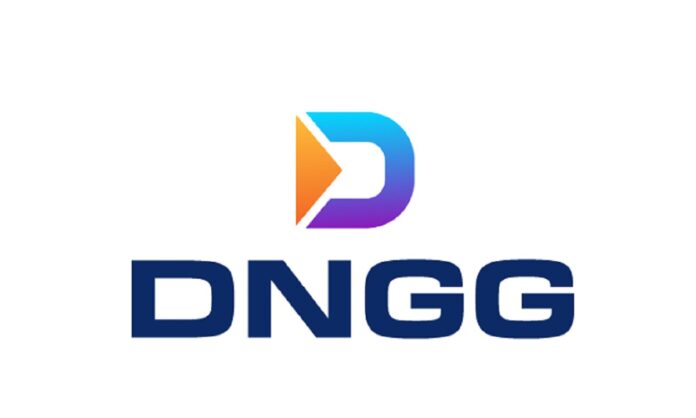Editing the files requires specialized software due to their unique format and requirements. While DNGG (Dynamic Neural Graphics Format) is relatively new and might not be extensively supported by all software, there are some platforms that cater to this format. Let’s delve into the world of DNGG editing software.
Understanding DNGG Files
DNGG files are an evolution of traditional image formats. They incorporate neural network-generated data, allowing for dynamic and adaptable visual elements within an image. The integration of AI-generated content into image files makes DNGG a revolutionary format for visual design and editing.
Software Supporting DNGG Editing
Adobe Photoshop:
Adobe Photoshop is a stalwart in the realm of image editing and has made strides in integrating AI technology. While direct support for his files might still be developing, Adobe is known for continuously updating and expanding its software capabilities. With the rise of AI in creative tools, Photoshop might soon incorporate features specifically tailored for DNGG editing.
GIMP:
GIMP (GNU Image Manipulation Program) is an open-source alternative to Photoshop. Its extensibility allows for the addition of plugins and formats. Though direct support might not be native, community-driven plugins or future updates might enable this editing capabilities.
Substance 3D Designer:
Allegorithmic’s Substance 3D Designer focuses on procedural texture and material creation. As the software landscape adapts to newer file formats and technologies, Substance 3D might incorporate DNGG support to enhance its capabilities.
Blender:
Blender, a versatile 3D creation suite, constantly evolves to accommodate new trends and technologies. While traditionally focused on 3D rendering, its adaptability might lead to future DNGG support, especially as the format gains popularity.
AI-Driven Editing Tools:
As files are heavily influenced by neural networks, future AI-powered editing tools might emerge specifically designed to manipulate and enhance his content. These tools could harness AI’s potential to interact with and modify the neural network-generated elements within the files.
Challenges and Future of DNGG Editing Software
The nascent stage of DNGG files poses some challenges for software developers aiming to support this format:
- Complexity: The files integrate neural network-generated elements, which require specialized algorithms and tools for manipulation.
- Adoption Rate: The adoption of new file formats by mainstream software often takes time. The rate at which it gains popularity will influence its integration into various editing platforms.
- Technical Specifications: Is is a dynamic format, software supporting it must manage the dynamic neural network-generated components effectively.
However, the future of DNGG editing software looks promising:
- Industry Demand: As the creative industry explores AI-generated content and its integration into visual media, the demand for DNGG-compatible editing software will likely increase.
- Innovation: Software developers continually innovate to stay ahead. The potential for groundbreaking features and tools tailored for editing might emerge as the format gains traction.
FAQs:
Q1: What does DNGG stand for, and what distinguishes it from conventional image formats?
- DNGG stands for Dynamic Neural Graphics Format. It revolutionizes image formats by integrating neural network-generated data, enabling dynamic and adaptable visual elements within images. As of now, software like Adobe Photoshop, GIMP, Substance 3D Designer.
Q2: How does editing DNGG files differ from working with standard image formats like JPEG or PNG?
- DNGG files introduce neural network-generated components, adding complexity to editing. Unlike static elements in traditional formats, these neural components necessitate specialized algorithms and tools for manipulation.
Q3: Are there any specialized plugins or tools currently available for editing DNGG files within mainstream software?
- As of now, dedicated plugins explicitly designed for editing might not be widely accessible due to the format’s novelty. However, the creative software community often develops plugins or addons for popular software like Photoshop or GIMP.
Q4: Will there be advancements or new software dedicated solely to DNGG editing?
- As the creative industry explores AI-generated content integration, software developers are likely to respond with innovative tools tailored for editing. The demand for capabilities to manipulate and create dynamic neural graphics could lead to the emergence of dedicated software or significant.
Conclusion:
While files present an innovative approach to image formats, the landscape of software explicitly supporting its editing is still in its infancy. Existing industry-standard tools like Adobe Photoshop and open-source alternatives like GIMP might eventually integrate DNGG support or witness the development of plugins catering to this format.
